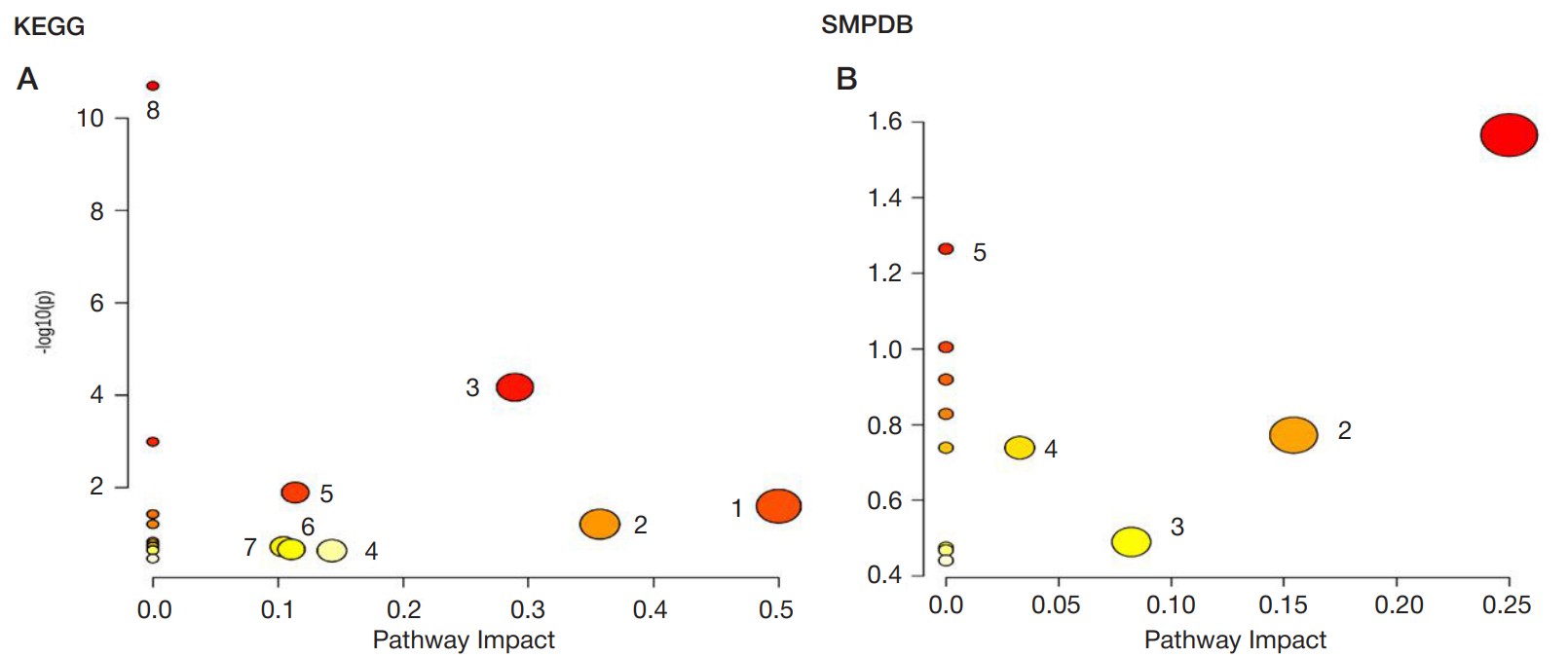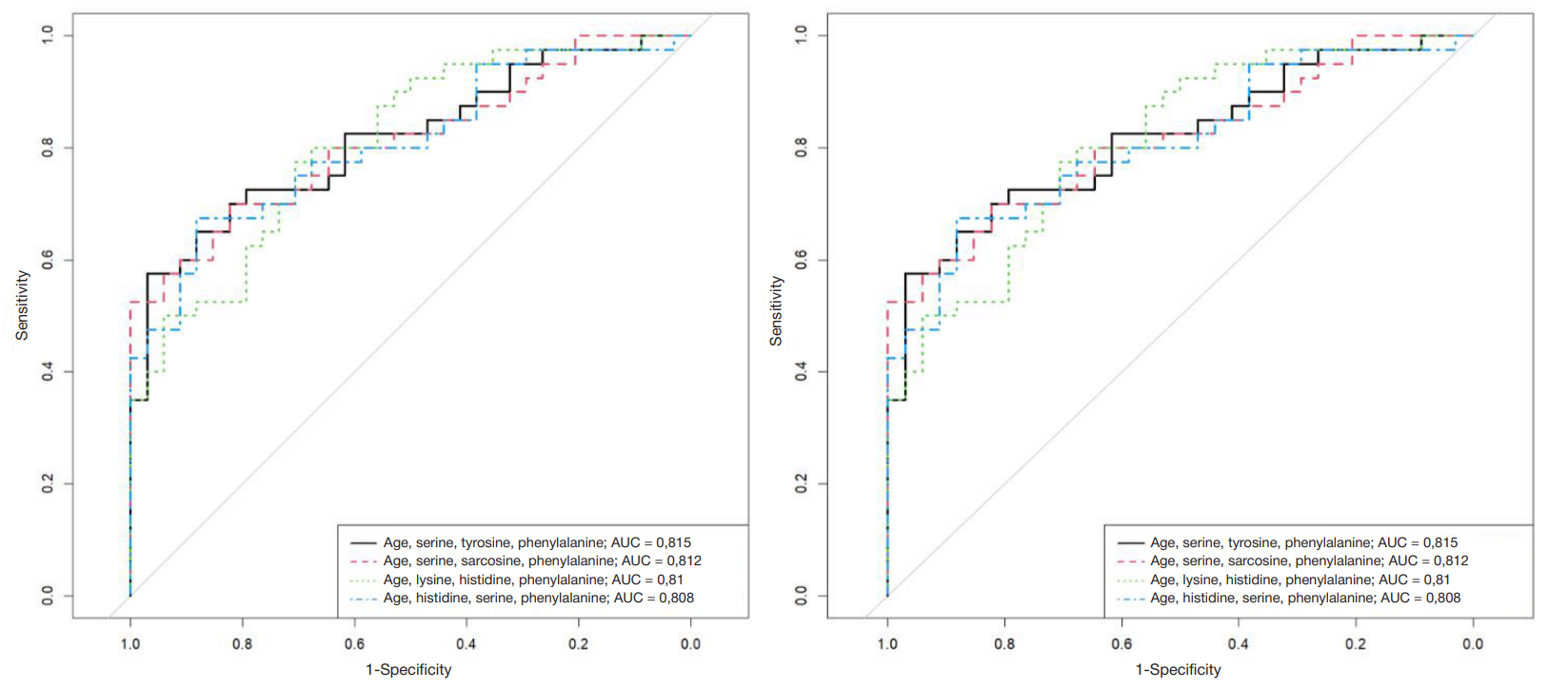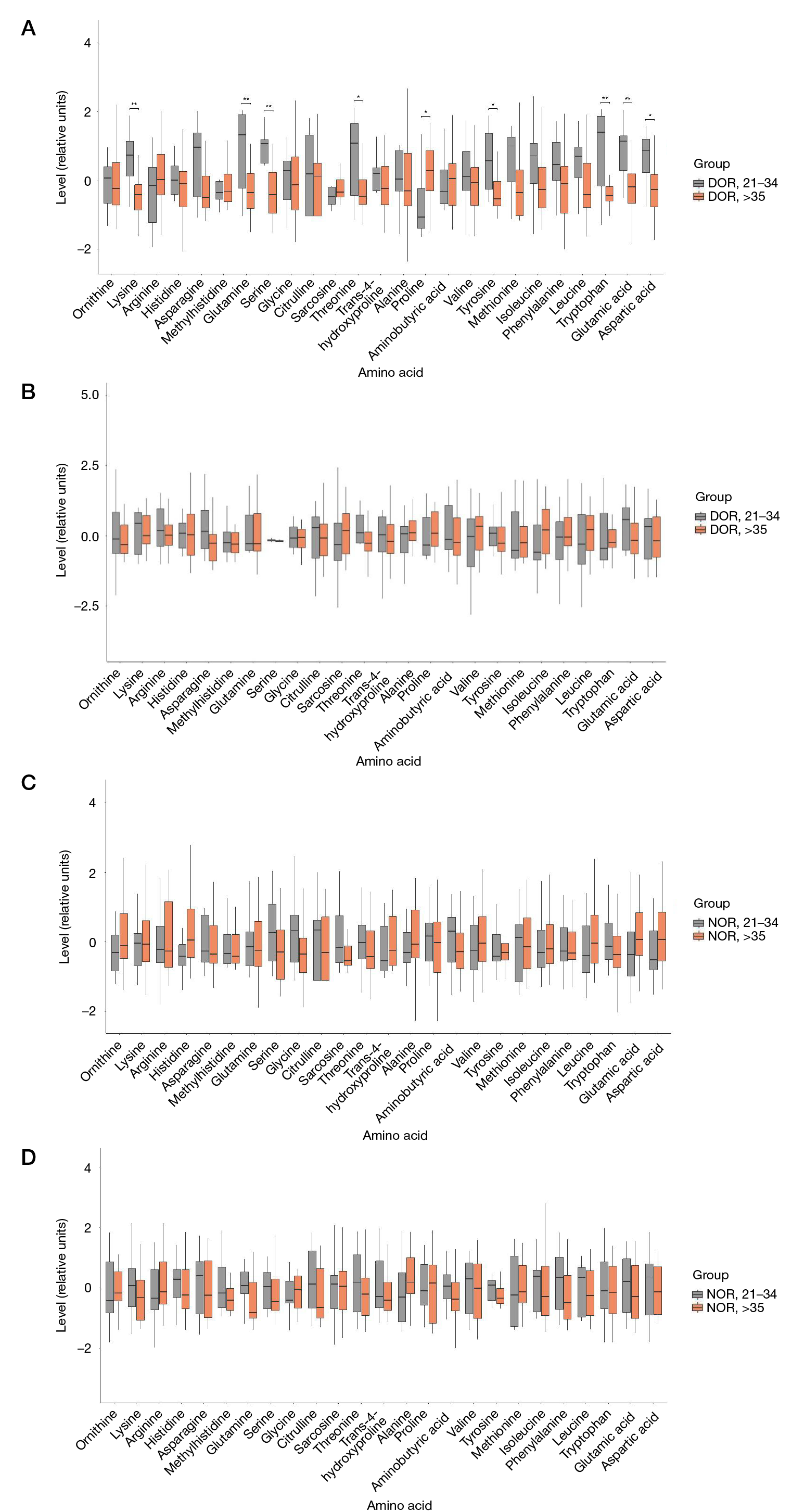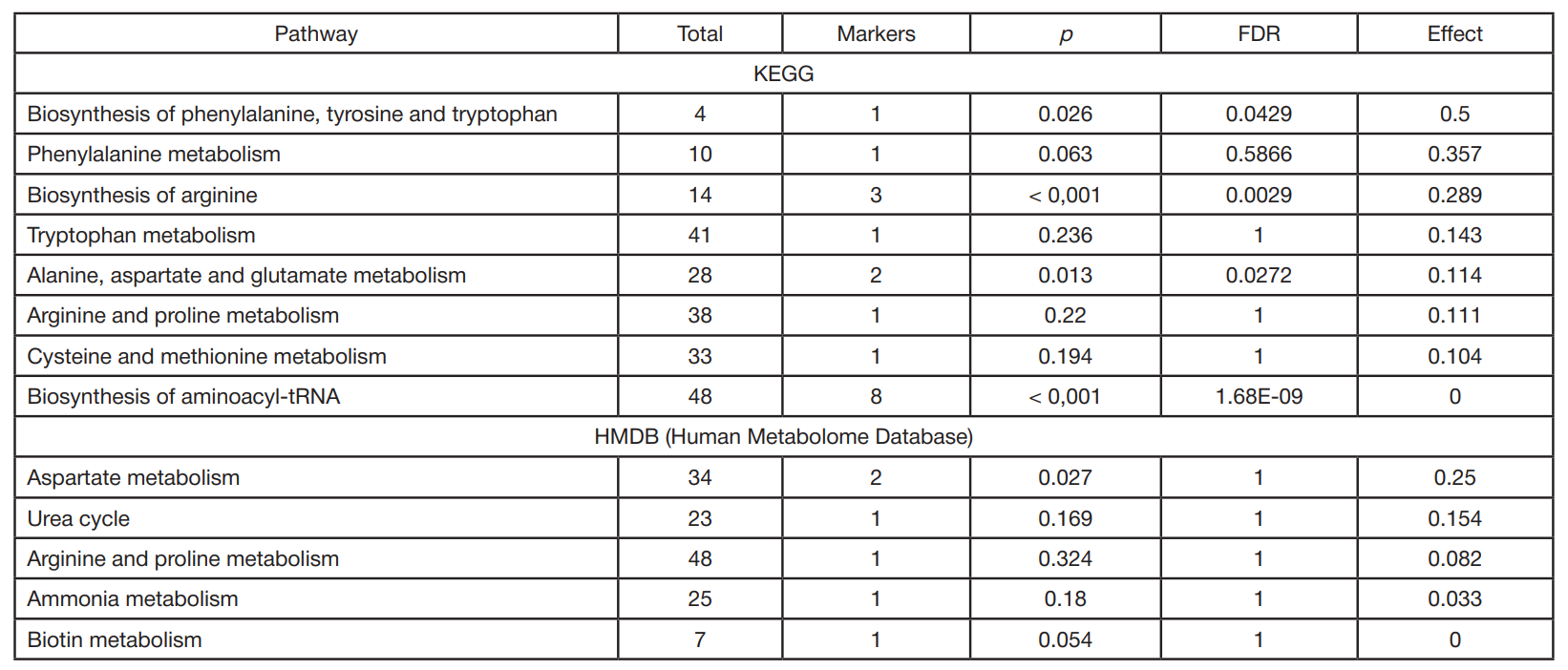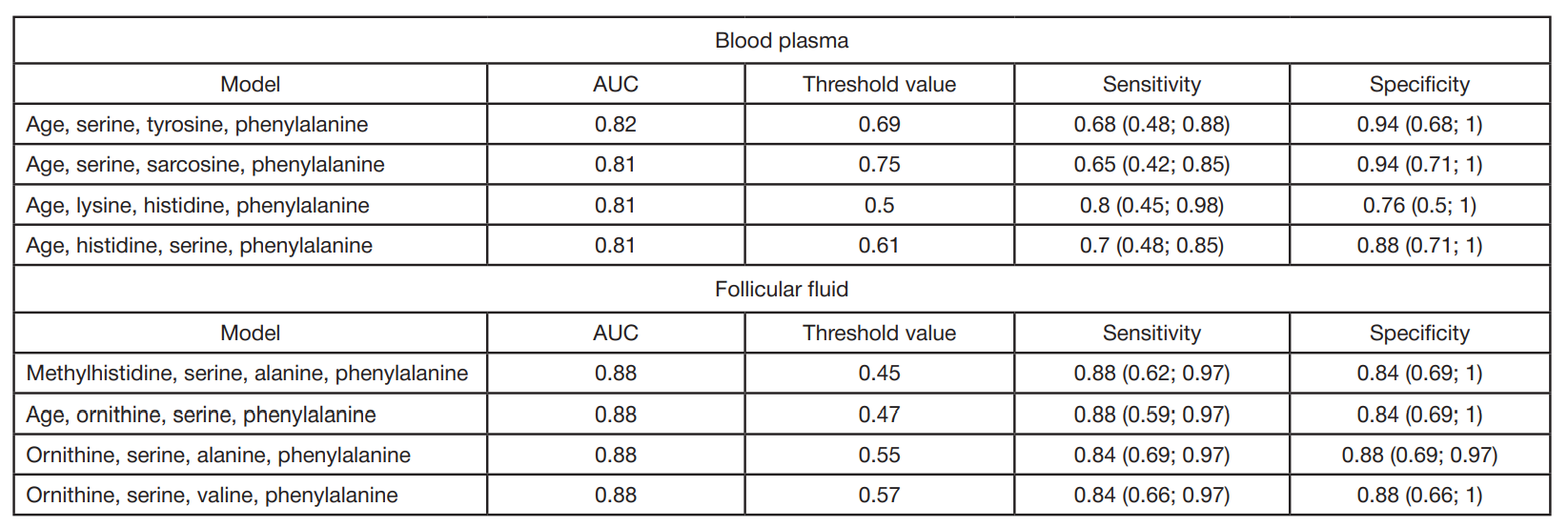
This article is an open access article distributed under the terms and conditions of the Creative Commons Attribution license (CC BY).
ORIGINAL RESEARCH
Amino acid profile in diminished ovarian reserve
1 Kulakov National Medical Research Center for Obstetrics, Gynecology and Perinatology, Moscow, Russia
2 Siberian State Medical University, Tomsk, Russia
Correspondence should be addressed: Alla A. Gavisova
Akademika Oparina, 4, Moscow, 117997, Russia; ur.ay@allaivag
Author contribution: Gavisova AA — study design, data acquisition and processing, manuscript writing, editing; Shevtsova MA, Biryukova DA, Lvova PO — study design, data acquisition and processing, literature review, manuscript writing, editing; Novoselova AV, Yushina MN — developing the LC-MS method for analysis of amino acids in blood plasma and follicular fluid, experimental data processing; Ibragimova MH — data acquisition, editing; Chagovets VV, Frankevich VE — statistical data processing, editing.
Compliance with ethical standards: the study was approved by the Ethics Committee of the Kulakov National Medical Research Center for Obstetrics, Gynecology and Perinatology (protocol № 12 dated 25 November 2021).
